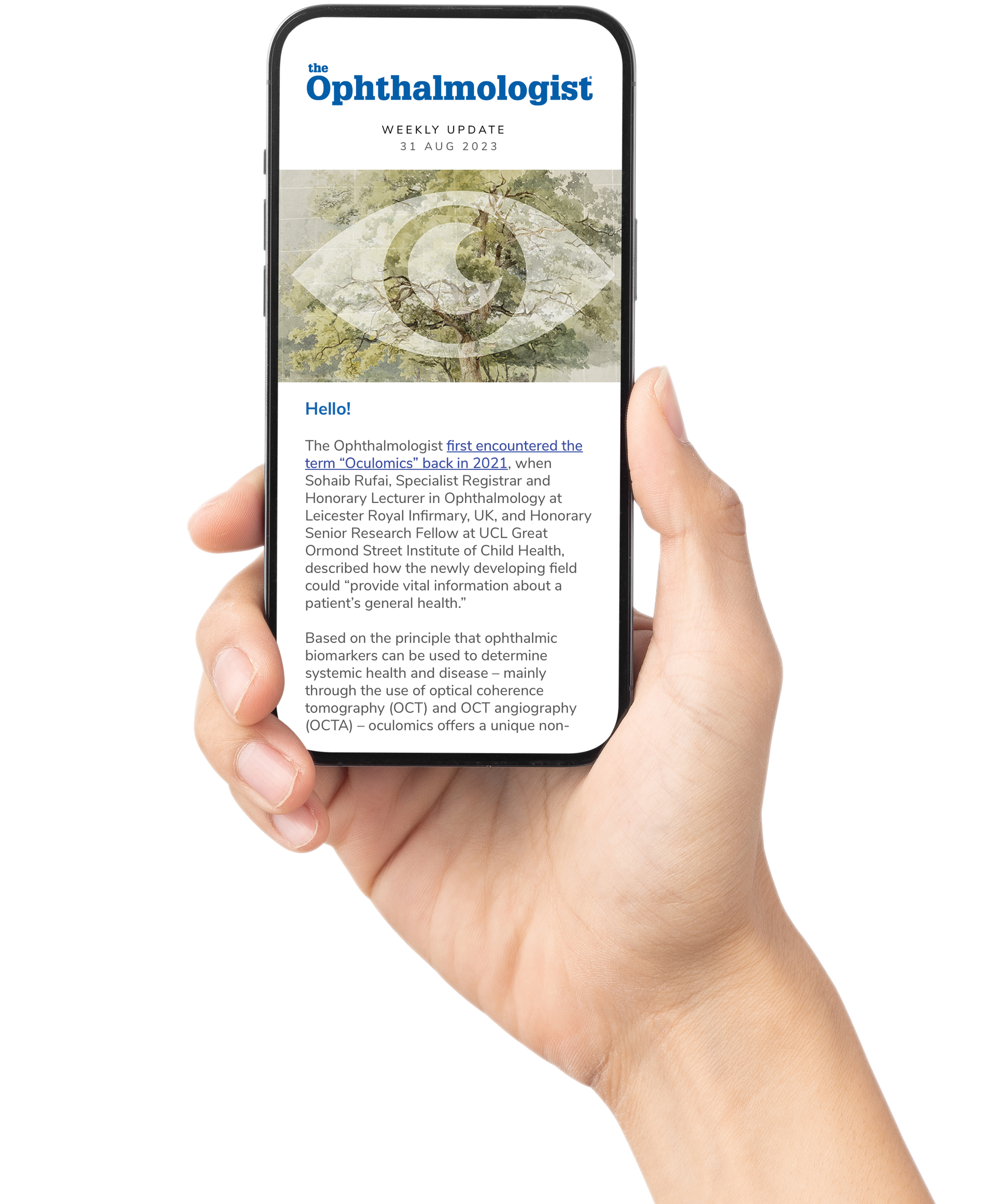
The latest analysis from the Global Burden of Disease (GBD) Study highlights the growing impact of diabetic retinopathy (DR) as a leading cause of blindness and vision loss worldwide. Using GBD data from 204 countries between 1990 and 2021, researchers based at The First Hospital of Jilin University, China, found that both prevalence and disability due to DR have risen sharply, with projections suggesting the burden will remain high until at least 2046.
Between 1990 and 2021, the number of people affected by blindness and vision loss from DR globally more than tripled, with Central Latin America and Tropical Latin America making up the majority of these later 2021 cases. A consistent finding in the analysis was the higher burden among women, with 2021 showing that the age group with the highest number of prevalence cases – as well as years lived with disability (YLD) cases – were women aged 65–69 years.
Using decomposition analysis, the researchers identified population growth, ageing, and epidemiological changes (such as increased obesity and diabetes incidence) as the main contributors to the rising prevalence of DR across the world.
The authors note that predictions suggest this burden will continue to rise, with estimated global prevalence anticipated to increase to a record number of 1,950,000 by 2035. Their findings underline the importance of early screening, patient education, and integrated diabetes management. Additionally, the authors stress that addressing DR requires not only effective therapies but also strong system-level strategies – including accessible eye exams, blood pressure and glucose control, and targeted interventions for high-risk populations.
As the number of people living with diabetes is set to increase globally, the study warns that without stronger prevention and management measures, DR will remain a major cause of preventable blindness well into the coming decades.
Between 1990 and 2021, the number of people affected by blindness and vision loss from DR globally more than tripled, with Central Latin America and Tropical Latin America making up the majority of these later 2021 cases. A consistent finding in the analysis was the higher burden among women, with 2021 showing that the age group with the highest number of prevalence cases – as well as years lived with disability (YLD) cases – were women aged 65–69 years.
Using decomposition analysis, the researchers identified population growth, ageing, and epidemiological changes (such as increased obesity and diabetes incidence) as the main contributors to the rising prevalence of DR across the world.
The authors note that predictions suggest this burden will continue to rise, with estimated global prevalence anticipated to increase to a record number of 1,950,000 by 2035. Their findings underline the importance of early screening, patient education, and integrated diabetes management. Additionally, the authors stress that addressing DR requires not only effective therapies but also strong system-level strategies – including accessible eye exams, blood pressure and glucose control, and targeted interventions for high-risk populations.
As the number of people living with diabetes is set to increase globally, the study warns that without stronger prevention and management measures, DR will remain a major cause of preventable blindness well into the coming decades.
